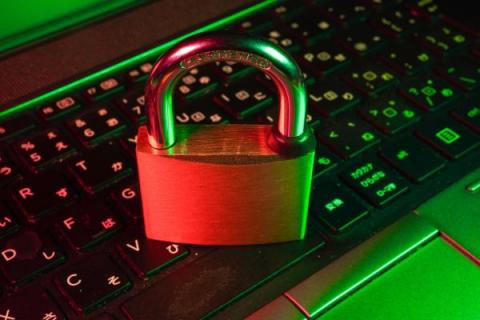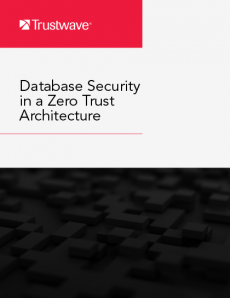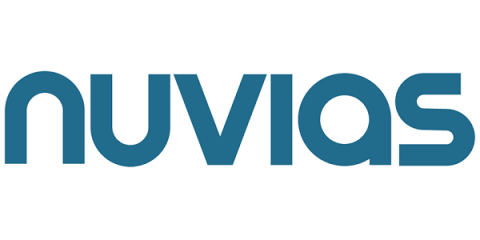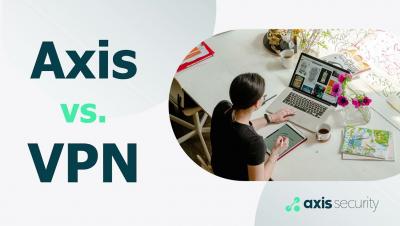Understanding Data Context and Successful Zero Trust Implementations in 5 Scenarios
The nature of business today is increasingly decentralized. Cloud applications are exploding. Data is everywhere. And a large number of users will continue to work remotely even post-COVID-19. While all of these things increase business agility, they also increase an organization’s attack surface. The concept of Zero Trust is generating a lot of buzz as a panacea for these new risk exposures—and for good reason.











